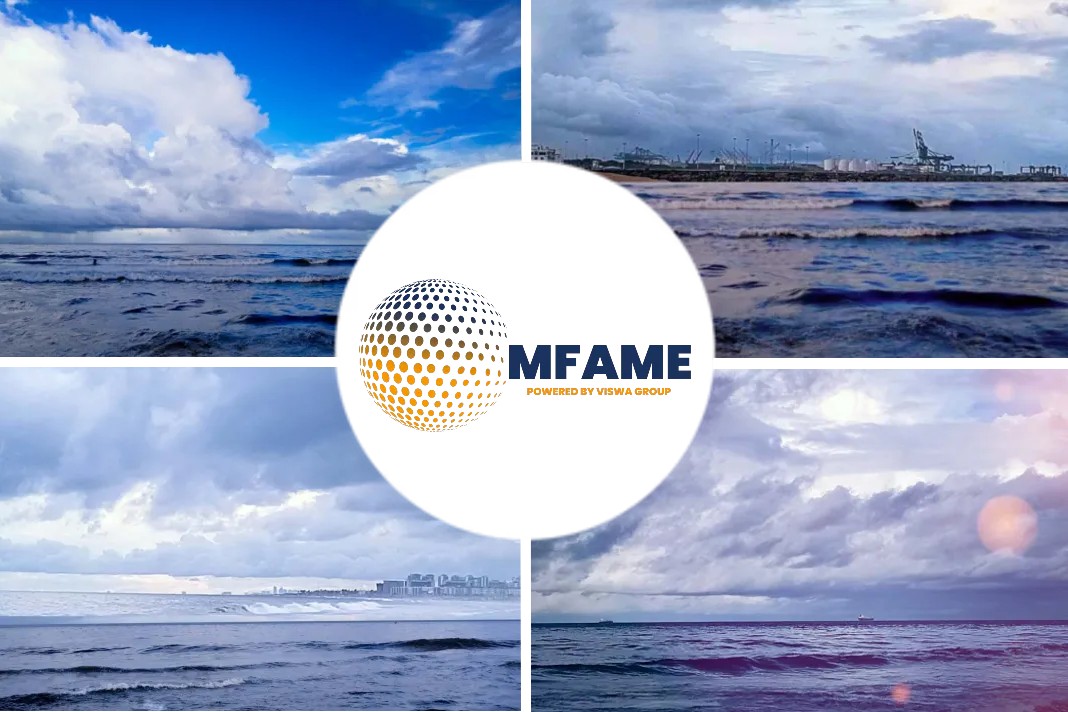In the 101st session of the Maritime Safety Committee, the International Maritime Organization approved a number of circulars related to the development of E-navigation, says a press release published on their website.
What is it?
E-navigation is defined as “the harmonized collection, integration, exchange, presentation and analysis of marine information on board and ashore by electronic means to enhance berth to berth navigation and related services for safety and security at sea and protection of the marine environment”.
An updated IMO e-navigation Strategy Implementation Plan (SIP) was approved by MSC 99 in May 2018 (MSC.1/Circ.1595).
The MSC approved/adopted:
Standardization of user interface design
The aim is to promote improved standardization of the user interface and information used by seafarers to monitor, manage and perform navigational tasks which will enhance situational awareness and improve safety of navigation.
The guidelines, including icons, apply to Integrated Navigation Systems (INS), Electronic Chart Display and Information Systems (ECDIS) and Radar equipment, and they may be applied to other electronic navigation equipment where applicable, improving standardization and usability.
Standards for the presentation of navigation-related information
Amendments to the Performance standards for the presentation of navigation-related information on shipborne navigational displays (resolution MSC.191(79)).
The implementation date of the revised standard for shipborne navigational displays on the bridge of a ship for radar equipment, ECDIS and INS should be 1 January 2024; and for all other navigational displays on the bridge of a ship 1 July 2025.
Presentation of navigational-related symbols
SN.1/Circ.243/Rev.2 to update the Guidelines for the presentation of navigational-related symbols, terms and abbreviations, which provide guidance on the appropriate use of navigation-related symbols to achieve a harmonized and consistent presentation.
Definition and harmonization of format
MSC resolution on Guidance on the definition and harmonization of the format and structure of Maritime Services in the context of e navigation.
The purpose of the guidance is to ensure that maritime-related information and data exchanged as part of different Maritime Services are implemented internationally in a harmonized, standardized and unified format.
All Maritime Services should be conformant with the International Hydrographic Organization (IHO) S-100 framework standard, which specifies the method for data modelling and developing product specifications.
Initial descriptions
MSC circular on Initial descriptions of maritime services in the context of e-navigation. The circular includes what is intended to be the first draft of Maritime Service descriptions and is an initial contribution for the harmonization of their format and structure.
The initial descriptions of Maritime Services include:
- inter alia,
- vessel traffic service information,
- navigational assistance,
- traffic organization,
- maritime safety information,
- pilotage,
- tugs,
- vessel shore reporting,
- telemedical assistance,
- local port information,
- nautical charts and publications,
- ice navigation,
- meteorological,
- hydrographic and environmental information and search and rescue.
Periodic update
These are expected to be periodically updated, taking into account developments and related work on harmonization being conducted in collaboration with other international organizations, such as:
- International Hydrographic Organization (IHO),
- the World Meteorological Organization (WMO),
- the International Association of Marine Aids to Navigation and Lighthouse Authorities (IALA),
- the International Maritime Pilots Association (IMPA) and
- the International Harbour Masters Association (IHMA).
Did you subscribe to our daily newsletter?
It’s Free! Click here to Subscribe!
Source: IMO






















